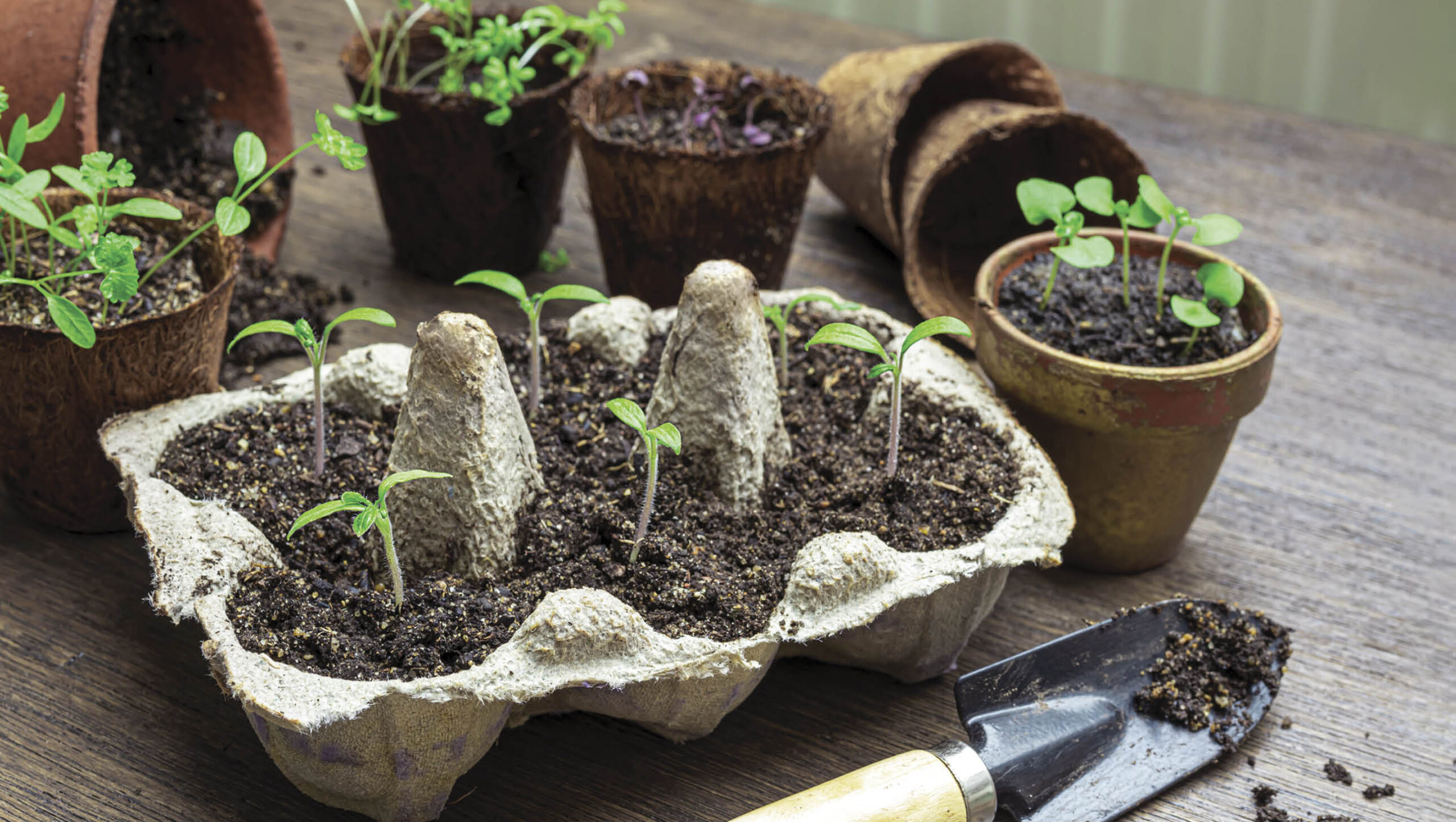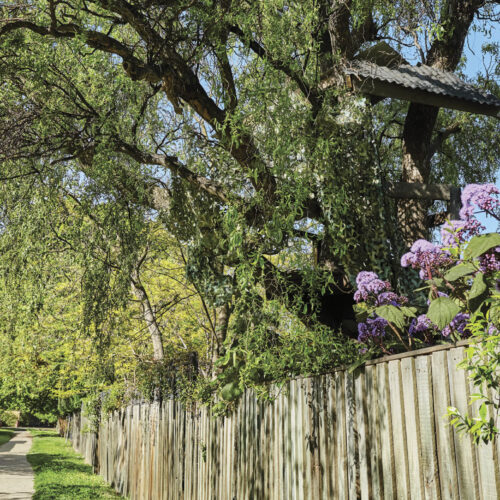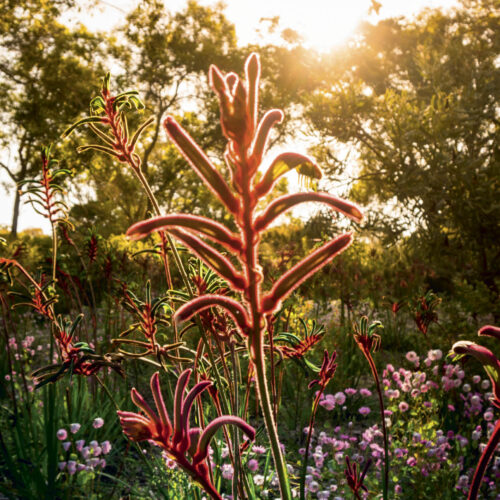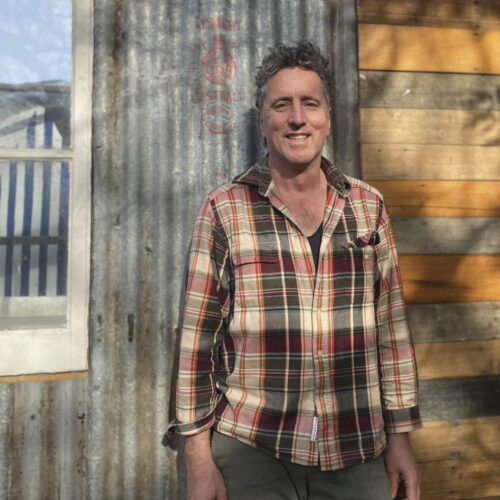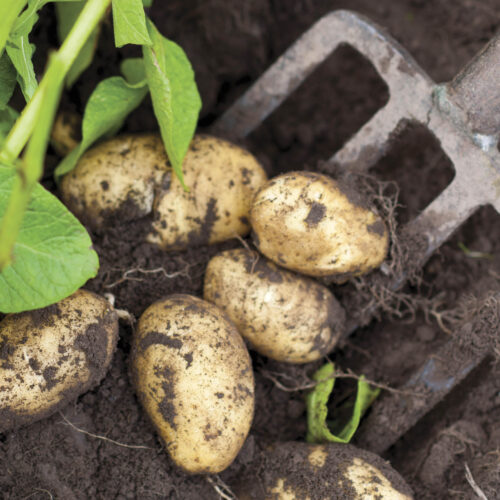Seed saving for the future
2024-03-14T02:00:17+11:00
Leonie Shanahan looks at why seed saving is so important to our health and food security.
The process of seed saving is not complicated and has been going on for centuries. You start by saving seeds from the strongest, healthiest plants. Even though it’s tempting to eat these, they should be set aside for their seeds. By doing this, you preserve desirable traits, build crop resilience, and ensure high-quality produce for future harvests.
Each time you save a seed from your garden or community, that seed has reprogrammed itself to adjust to local growing conditions. Thus, season after season, it should grow stronger, healthier and more resilient to pests and diseases.
For certain seeds, such as beetroot, silverbeet and large seeds, including peas and beans, pre-soaking in seaweed softens the seedcoat and improves the germination rate.
Genetic diversity
Another reason to save seeds is to preserve genetic diversity. Over recent decades, we have lost an enormous number of heritage seeds and varieties, which is compromising biodiversity, food security and our overall health. I believe we must keep fighting against GM seeds that are chemically treated and can, and have, contaminated organic crops and soils.
Crucially, by growing and saving your own seeds, you know they have not been treated with chemical fungicides, insecticides or rodenticides. A great deal of seed imported to Australia is chemically treated for biosecurity reasons, and the organic seed industry here has been campaigning to use non-chemical treatments instead.
There is so much we still need to discover about how the life force of seed is produced and how chemical treatment can affect this. I believe the more life force in your seed, the more nutrient-dense your food. It is fascinating to know that, when planted, a tiny seed contains all the information needed to grow into a mature plant.
For a more resilient future of healthy vibrant plants, people and prosperity, please save your seeds and share for a better world. If you are just starting out, search for some good books on the topic.
More information
- The Seed Savers’ Handbook by Jude and Michel Fanton, founders of the Seed Savers’ Network.
- The Seed Savers’ Network: seedsavers.net
- Seed to Seed, Second Edition by Suzanne Ashworth (Seed Savers Exchange, Incorporated)
Learn how to test seed viability in our Autumn 2024 issue (OG 148). Subscibe to the magazine here.

